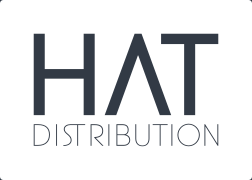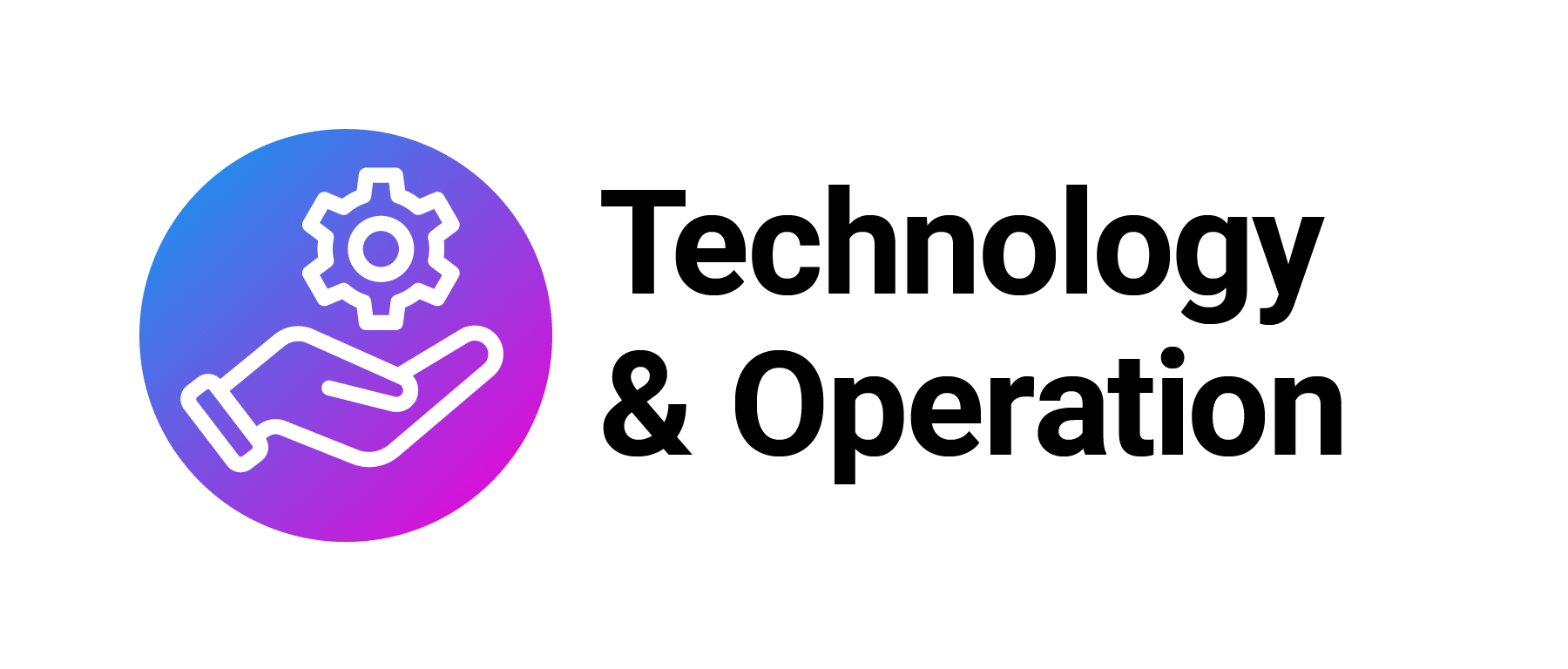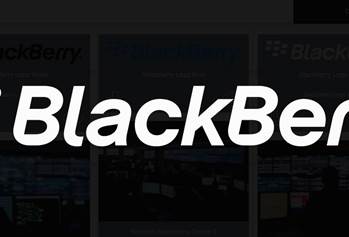proudly sponsored by






MSP Champions
We are proud to present the 2025 State of The MSP Report sponsors.












